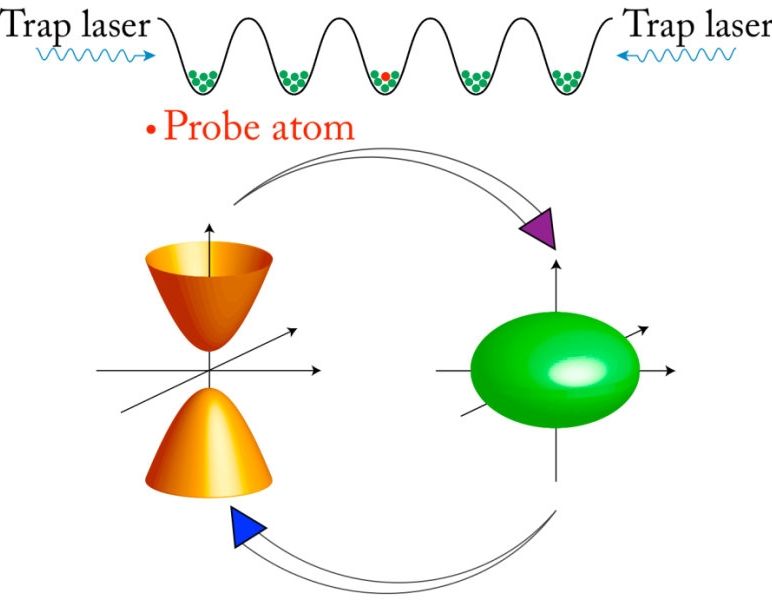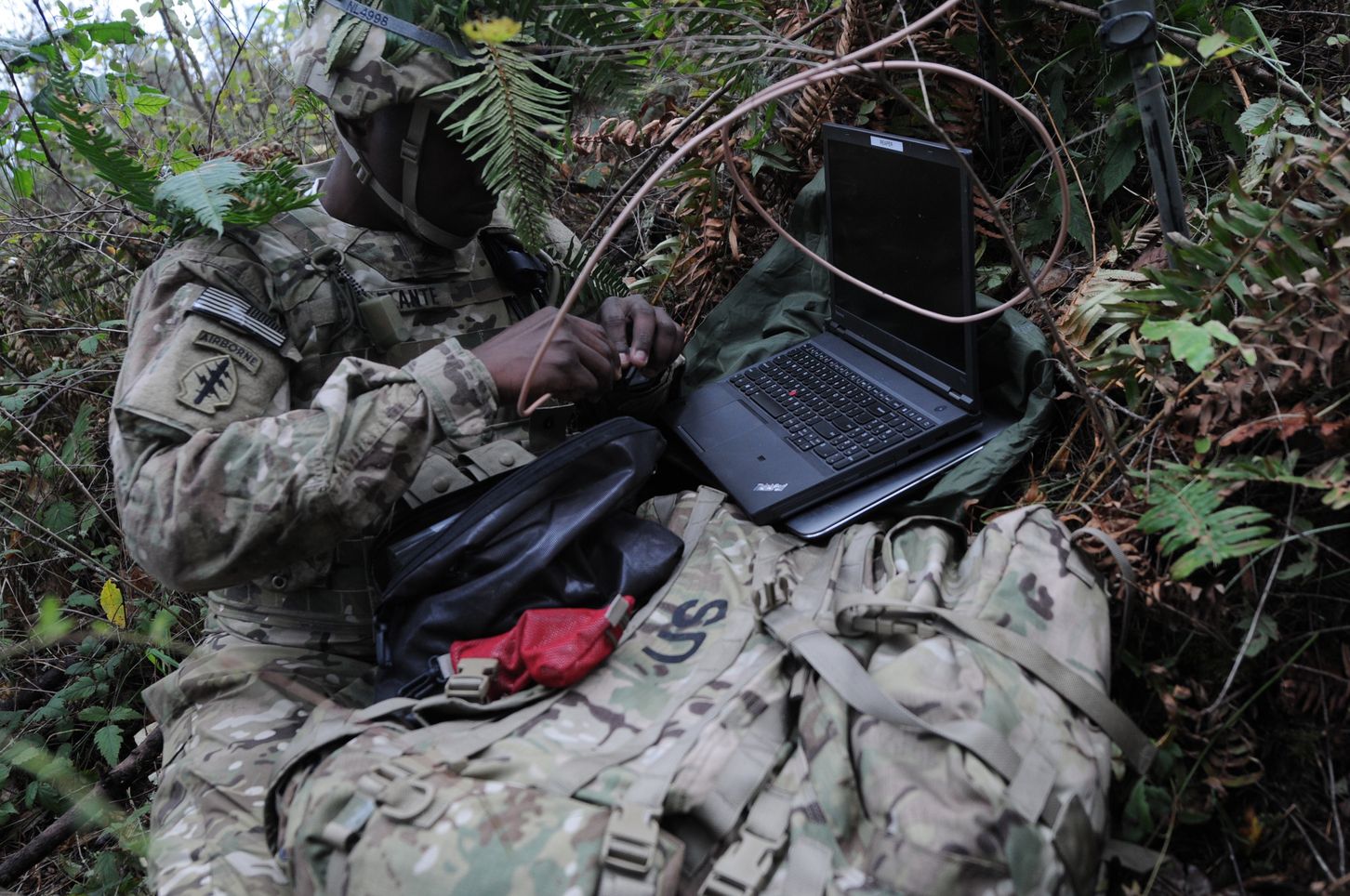May 11, 2016
How toy street lamps are shedding new light on quantum computing
Posted by Karen Hurst in categories: computing, quantum physics, transportation
“ALL ABOARD” the QC train is leaving the station.
If you’ve ever had a train set, you might remember the tiny street lamps that are often part of the model landscape. Today, the bulbs from those toy lamps are helping to shed light on quantum computing.
In fact, there’s been a spate of developments lately in quantum computing, and not just IBM’s announcement of its upcoming cloud service. Here are three recent advances from research institutions around the world.
Continue reading “How toy street lamps are shedding new light on quantum computing” »


















